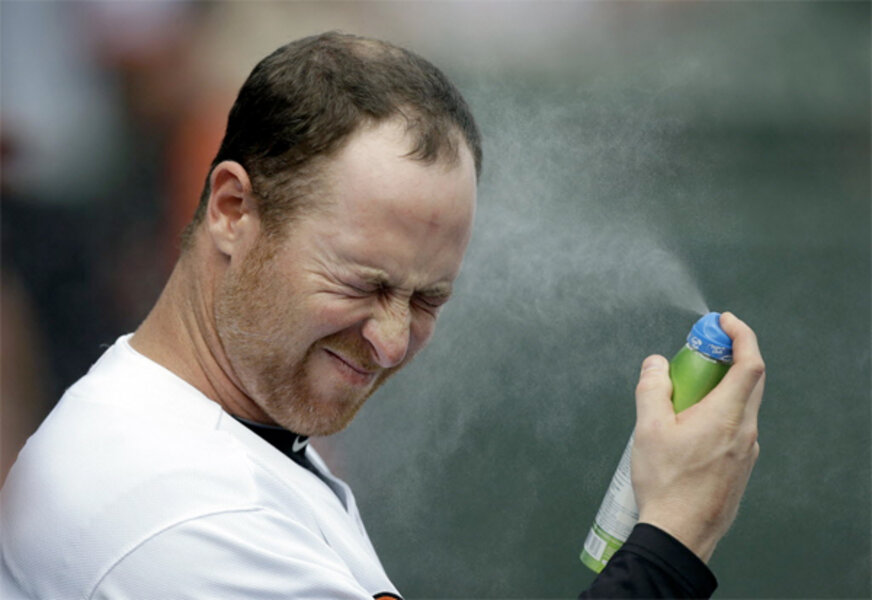Sunscreen and umbrellas: What you need to know about sun safety this summer
Loading...
With all the wriggling and complaining that comes when you smear the white paste on your small ones, it’s inevitable moms get tired of going through the put-on-some-sunscreen fight during the summer. It’s a cloudy day, so they’ll be fine, right? Or, they’re only going outside after 5 p.m., and you read somewhere that you’re safe from the sun’s rays then. You can wait to break out the Coppertone until tomorrow morning, can’t you?
Sorry – sunscreen is a must for your kids every day. In fact, you’re supposed to put it on year-round, so make a resolution for September if you’ve been missing that part before now.
And don’t think that if they’re in the shaded woods rather than swimming in the pool, they’re less in need of some sun protection.
Just a few serious sunburns can be dangerous, the Centers for Disease Control and Prevention website for skin protection says. “Kids don't have to be at the pool, beach, or on vacation to get too much sun. Their skin needs protection from the sun's harmful ultraviolet (UV) rays whenever they're outdoors.” And the Skin Cancer Foundation recommends sunscreen for children whenever they’re outside.
So first step: What kind of product should you buy for your kids? Look for a sunscreen with an SPF of 30 or higher to ensure proper protection and one that is “broad-spectrum” (it will protect against both UVA and UVB radiation). Many kids’ products also come in bright colors or appealing scents that might make your family dread sunscreen time less.
When you’re applying it, make sure to touch on spots that can be forgotten such as the hands and feet, ears, and nose. Find a product that will keep lips from being burned as well. Make sure to apply it early enough – a good guideline is putting on sunscreen half an hour before kids will be outside so it has enough time to be on the skin before it’s put to the test. The American Academy of Dermatology recommends reapplying every two hours.
Other forms of sun protection: make sure your child has a hat and sunglasses. A hat should ideally protect the face, neck, and ears from the sun, while sunglasses, aside from stopping your child from squinting into the sun, will protect him or her from UV rays. Check the glasses when you’re buying them to make sure they combat both UVB and UVA rays.
Wherever you are, make sure there’s a shaded area that your child can sit in. Tote an umbrella to the beach or choose the pool chairs that are under the trees at the pool. This is the most important step if you’re a new mom – children 6 months old and under shouldn’t be exposed to the sun at all because sunscreen isn’t safe to apply to them. So if your baby isn’t in the shade, you need to cover him or her with clothes or in a carriage that shades them.
And the important step many parents forget is following sun safety yourself. If your kids see you generously applying sunscreen and making sure to stay in the shade, they’ll start to think of the sun safety as a normal part of the routine.







